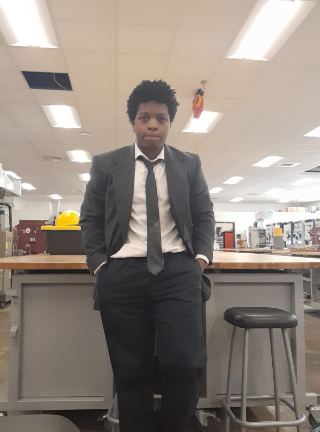What is graffiti? We interviewed three students of Tallwood High School and asked them what they think graffiti is. This is what they said:
The first person to be interviewed said, “Graffiti is an art form.”
The second person to be interviewed said, “Graffiti is a community.”
The third person to be interviewed said, “Graffiti is harmful to businesses.”
Though they each provided a different response to what they think graffiti is, 2/3 of them have positive views on it. We decided to expand on what they said.
Is graffiti a community?
The people who make graffiti can not only be alone, but make graffiti become a community. Some people find comfortability in communities like this because they are so carefree and accepting unlike normal communities.
One Perspective: Graffiti is vandalism.
People who feel strongly against graffiti would argue that graffiti is vandalism. Once utilized in ways that harm the public society, graffiti becomes vandalism. In cities across America, graffiti would be placed on overpasses, train cars, walls, benches, etc. Its accessibility is its biggest flaw, gifting people with the opportunity of mistrust.
Graffiti is art
Providing additional context on a subject such as graffiti, is necessary. San Francisco graffiti artist Tion Bukue emphasizes that “graffiti is the study of letters.” Bukue’s art is described as visually captivating and characterized by a dynamic contrast. His approach to graffiti is unique, offering to use paint brushes instead of paint cans. The way he claims to approach the legality of graffiti and vandalism is Graffiti is neither legal nor illegal. In the same interview, he says “We are selling our teenagers short if we decide that they can’t figure out what is a safe activity and what is not.”
Many artists — like Bukue — believe that graffiti is an important piece of society. One common misconception is that graffiti is limited to gang behavior. Studies have shown that only 10% of graffiti is created by gangs while 50% of all graffiti comes from a — seemingly — more mature audience. An issue with graffiti is its negative connotation in nature when being described. People describe graffiti simply as “vandalism” because of how it has been used in the past.
One possible way to think about graffiti is by taking into consideration the way graffiti has become what it is today. “Graffiti is the voice of those who cannot find other ways to voice and express themselves.” By pushing the boundaries of what can be considered art. Graffiti and vandalism have been shown to be indirectly related, once society can approach the topic in this way, it can change.
The conclusion
Given the situations in which it has been utilized, many people began giving graffiti a negative connotation. When graffiti became more mainstream, it was viewed as vandalism with no opportunity for interpretation or deeper understanding. Perhaps, instead of approaching graffiti as an attack on a business, property, or outdoor structure, people can start to approach graffiti as what it can be.
A change to a new way of life; the ability to express ones self and add value to an area. A way to merge urban areas with color, brightness and hope. So go outside and see if you can find any street art and connect it with a message. See if you can relate to the message in the art and the deeper meaning inside. Looking for a deeper connection is not the final step to graffiti being more widely accepted, but a first step is always necessary.



